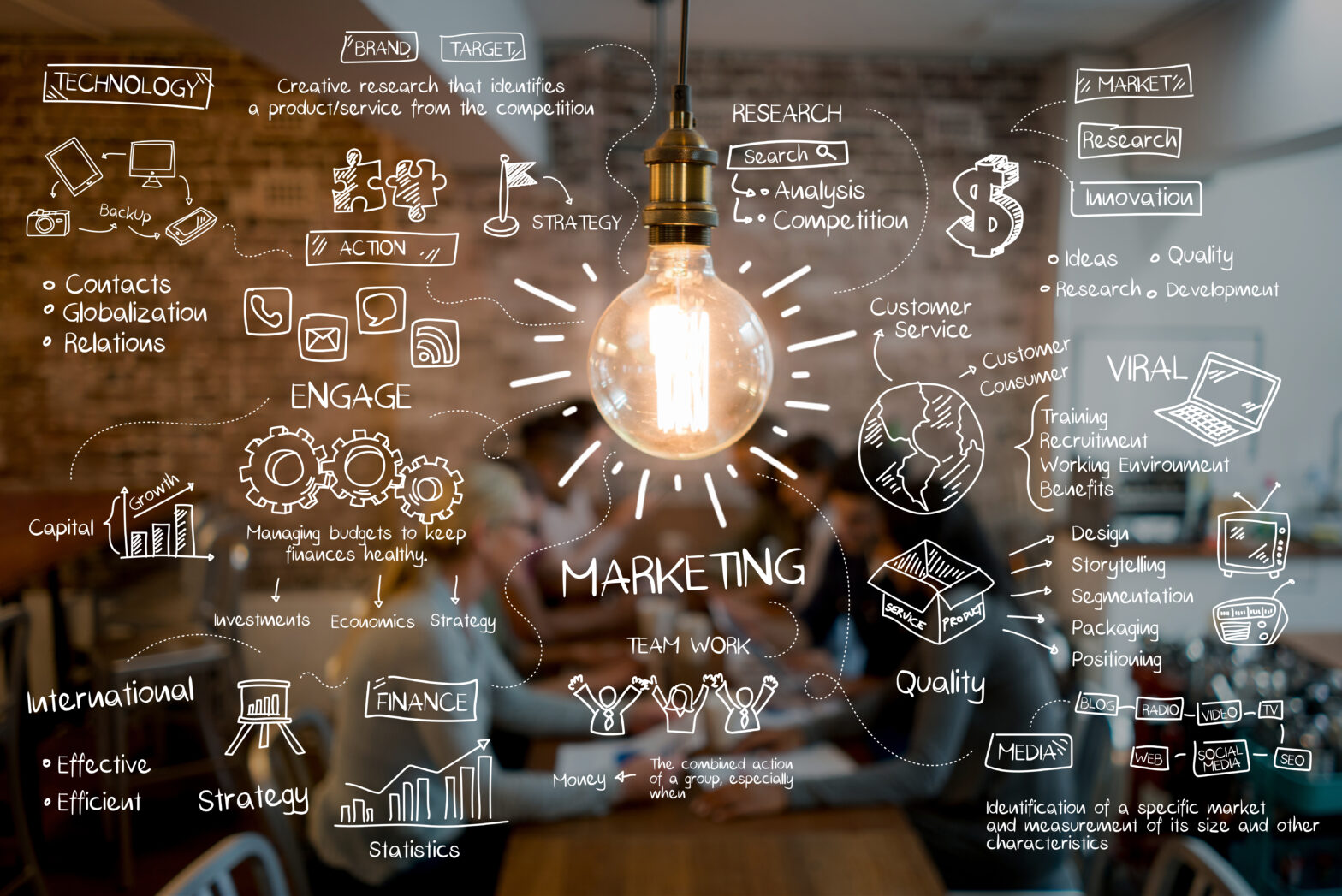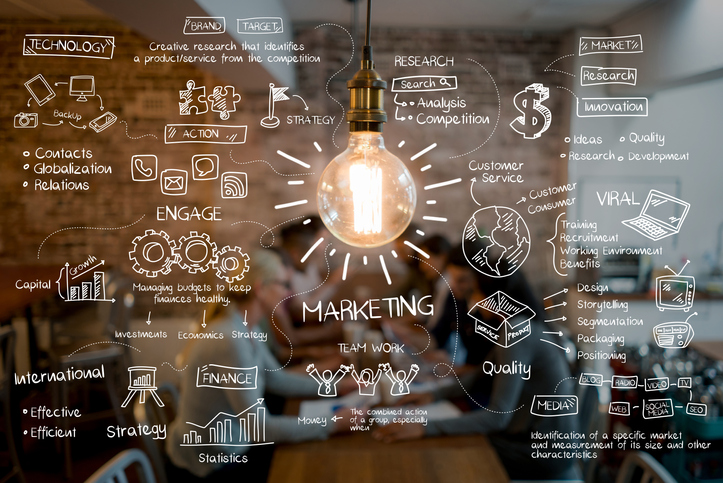After starting his career in visual effects in Bond films, Simon Terry has joined his father in running the family business, which has been producing Anglepoise lamps since the 30s. Generally regarded as design classics, they rely on tension in three springs to move and hold a light in any position.
By 2001 this design was being widely copied and Anglepoise was losing ‘serious money’. Terry faced a choice. Either compete on price and move production to China. Or try to revive the original commitment to designing quality products. He resolved to stay in Britain and brought in a leading industrial designer, Kenneth Grange, to create a contemporary version of the Anglepoise.
The first result of this collaboration, the Type 3, was launched last September. Drawing on the 30s original for inspiration and priced at £250, it is expressly designed as a premium product and is now retailing through exclusive stores such as Heal’s, Selfridges and Conran. Although Anglepoise has never had a significant presence outside the UK before, Terry is also looking to reach high-end consumers in Europe and Japan. Within three years, he believes exports should account for 70 per cent of sales.
Interestingly, he does not expect the Type 3 to make significant money. It is more a signature of intent, an expression of the prestige and ambition of the brand. Other more commercial products will follow to (hopefully) feed off the gravitas of the Type 3. Indeed, Anglepoise is almost ready to go into volume production in China. Says Terry, ‘we want a beautiful product at the top, but it is not going to be our bread and butter. We are moving to a multi-product basis.’
Terry makes no bones about how difficult it has been to manage the transition from ailing manufacturer to design-led business. ‘We have dropped a lot of baggage to focus our energy on new markets and products.’
In the last year, he has started to see results. ‘We have moved from a grubby 18,000 sq ft factory in the Midlands to 2,500 sq ft of clear white space in Portsmouth and we are starting to exhibit for the first time in 25 years. The Italians are complimenting us on the beauty of our design and the Germans on the quality of our engineering.’
Delight your customers
The trouble with design, as Terry and no doubt everyone in business admits, is that it embraces almost everything yet everyone understands it differently. For Richard Seymour, a leading industrial designer, creator of the cordless kettle and co-founder of Seymour Powell, a major product design consultancy, it means making things better for people. ‘You create functionality and desirability, so people want to buy more from you than they did before.’
‘You are looking for both practical and emotional relevance,’ he argues. ‘Your product should not just work better, but be more delightful, compelling and appealing both at the point of sale and in continued use.’
For him, the Audi TT is a good example. ‘It is captivating and breathtaking. That’s totally down to design and the engineering of your emotional response. In almost any category, you will find a well designed, compelling object that sits alongside its drab bedfellows. Making products more desirable, beautiful and lovely to use extends way beyond appearance. It comes down to questions like how they sound and smell.’
He adds that the objective is not to come up with something radical, but something unexpected and relevant.
‘It is good to create surprise and delight, but it must be relevant, otherwise you lose people. You have to be able to engage and delight people in a context which they understand.’
Nor should the costs be too prohibitive. ‘In the serial production of an object, the investment in design is a tiny fraction of the whole. Design gives smaller companies the chance to play alongside the big hitters,’ claims Seymour.
People products
Techniques used by manufacturers like Anglepoise and others can be applied to any activity, says Martin Bontoft, head of human factors at Ideo, a product design consultancy known for its work in user-centred innovation. ‘Design is all about people. Our behaviour is complex but relatively invariable once you have a social and cultural understanding.’
‘Take all the stuff you see, hear, smell and feel,’ he suggests. ‘Kick it around for a while in a multi-disciplinary team. Tell stories about your research, photos and videos. Ask what is really happening. [When you do this] you will start to realise that there is an underlying behaviour or motivation, which you might be able to satisfy in a novel way.’
Next, suggests Bontoft, think about a provocative statement to direct your energy in making ideas tangible. With a prototype, you can talk to users again: does that work for you? is that what you had in mind? ‘Your ideas might be brilliant, but may not correspond to real experience.’
Once you have the product right, it has to stand out, particularly if you are selling through supermarkets. In a world where everyone is trying to copy the market leader, everyone can end up looking the same, argues Richard Williams at Williams Murray Hamm, a leading brand designer.
‘Differentiation is the key to great branding. Unlock what the brand is about and find a way of expressing it in a way that engages consumers.’
In his experience, it is often entrepreneurial businesses that get the best results out of design. ‘When you are working with a multinational, it is like a scientific exercise. When you work with an entrepreneur, they love their product and devote their lives to it. They feel their brand down to their fingertips.’
See also: Embrace a design-first culture – For years designers have been touting the business benefits of design, so it’s surprising that they’re only just starting to get a seat at the table.
He gives Cobra beer as an example. The founder, Karan Bilimoria, spotted the need for a beer that was not too gassy to drink with curry. ‘He knows his business inside out and did not go through a lengthy process of new product development. Cobra was doing well in Indian restaurants, of course, but was missing out on extra sales in style bars. We gave the label more style and embossed the bottle with the history of how the beer was discovered and brought to England. We delved down to find a brand truth and found a way of expressing it in an engaging way.’
Outstanding financial results
If you still remain unconvinced after any of the above evidence of the power of brands, you should perhaps investigate the study launched in April by the Design Council. It found that a group of quoted companies, recognised as effective users of design, outperformed key FTSE indices by 200 per cent.
Selected on the basis of success in award schemes, these 63 companies, including Tesco, Royal Bank of Scotland, BP and Manchester United, outperformed other companies in the FTSE All Share Index in both the bull and bear markets between 1994 and 2003. The chief executive of the Design Council, David Kester, said, ‘This report proves unequivocally that investing in design has a direct impact on a company’s performance and increases shareholder value over the long term.’
The Design Council also makes a direct link between rapid growth and the use of design. In a survey of all types of company at the end of last year, it found that just two per cent had grown rapidly in 2003, but it was these fast-growing companies that were making the most use of design. Nine out of ten said it was significant to them. For companies where business was sluggish, much less use was made of design with only a quarter attaching much importance to it.
Challenge your assumptions<
Of course, design by itself does not automatically lead to improved performance, says Bettina von Stamm of the Innovation Leadership Forum. ‘Unless you involve the designer in your strategy from the outset, you can end up with a fantastic product that does not take account of your operational constraints. It might be too far removed from the company’s capabilities which will inevitably cause changes and delays before going to market.’
You should also expect differences in behaviour. ‘Do not expect designers to have the same values as an engineer or accountant. Accept that they are good at asking questions and challenging existing assumptions. That is what they are trained to do. If an idea appears weird, do not dismiss it. There are benefits to be gained from really good collaboration, which outweigh the initial stress of understanding different ways of operating.’
For smaller companies in particular, the impact of design can be monumental, catapulting them into the next league, says Deborah Dawton at the Design Business Association. ‘Well-managed projects can lead to a change of mind in the business itself. You gain a new found confidence, when you realise your product can compete with other brands.
‘But make sure you talk to designers who have a record for making a return on investment. Don’t just turn to the Yellow Pages and find someone in a room with a Mac.’
* Further information: www.dba.org.uk.
Small but perfectly formed
Successful small companies that approach the question of good design with the seriousness it deserves, have a habit of growing into successful large companies. This is the arena in which the ability to create a level playing field from which to compete with larger operators is open to all. Taking the route to good design brings impressive benefits.
As regards product design, if it is service, it takes its lead from brand development. Branding is critical in terms of presenting your business to your market in the best way. An image or style can instantly signify quality, value and expertise; it can lift small companies to the level of major players. A striking website instils greater confidence in customers than any amount of sales patter (and for many, the web is now the first port of call).
A good brand should be fully integrated and suited to your marketplace. Logo, style, colour schemes, stationery – all are critical to the overall design package. Get the basics right early on and the elements can be developed as the business grows.
With product manufacture, iPod and Mathmos lamps are a good example where good design captured an entire market!
With good strategic advice and excellence in design, few companies committing themselves to a significant investment in design ever come to regret that decision.
Case Study 1 — Listen to your customers
For 20 years design has been integral to Avent Naturally, now one of the world’s leading names in feeding babies. The business was set up when Edward Atkin realised that existing products were not up to scratch after the birth of his own son. His company, Cannon Avent, developed a wide-necked bottle with an anti-colic teat, which is now number two in the US and market leader in the UK. A whole range of products has been built around it.
‘We take a system approach,’ says Graham Tullett, the company’s design manager. ‘Components from a magic cup fit on a feeding bottle, so mothers can mix and match. We have built up a critical mass of products which all work together. You can’t create it overnight.’
His design team in north London is ‘a think tank’ that acts on responses and suggestions. ‘Mothers are like hi-fi enthusiasts. They know the product inside out. We encourage them to put forward ideas.’
The Isis breast pump was one outcome of this process. ‘It was a case of improving what we had based on a direct link with mothers. We went back to basics and made a quantum leap. It is now the world’s best seller.
‘We don’t really design products to look good. We believe we are making stylish products, but that’s not our primary objective. We want products to be attractive because they function well. They are simple.’
Case Study 2 — Re-inventing the shower
Harry Rawlinson is using design techniques to reconfigure the way we take showers. As managing director of Aqualisa, he launched a £3 million project to allow you to set the power and temperature of the water before getting in. He has also spent £4 million creating a low-cost electric shower for sale through B&Q with twice as much power as normal. After concentrating on technical innovation, he is now looking at the style of these products.
Using design to re-invent the business has paid off. Turnover has risen from £20 million to £50 million in the last five years. ‘Without that investment, we would be nowhere.’
It is an argument lost on many other businesses. ‘It is very easy not to invest in design,’ says Rawlinson. ‘When you don’t do it, you don’t notice. It is so alien. Companies complain about being squeezed but invest nothing in design.
‘Owning the intellectual property, design and marketing is now where the value is. The old model of manufacturing with assets mainly in the factory is rapidly being eliminated. The actual added value in the production process is now a small proportion of the total.’
All the same, design can be a real problem for investors to understand. ‘There is always the temptation to milk the money quickly and take what you have got, although design is not that expensive. For £1,000 a day, you can get the best product designer in the world against £1,500 for a pretty ordinary lawyer. Design can be the best investment you will make, but it is also likely to be one of the softest.’







